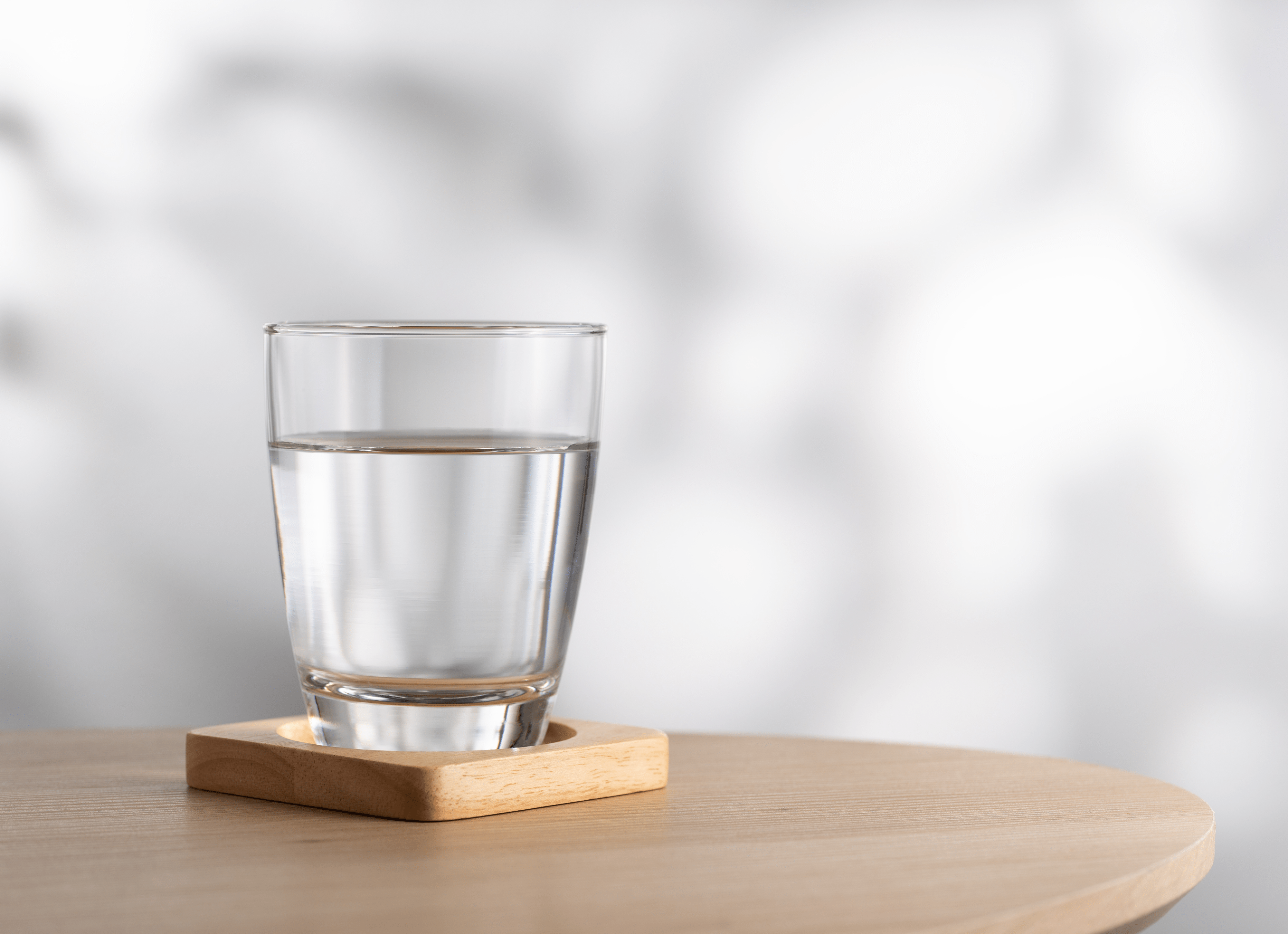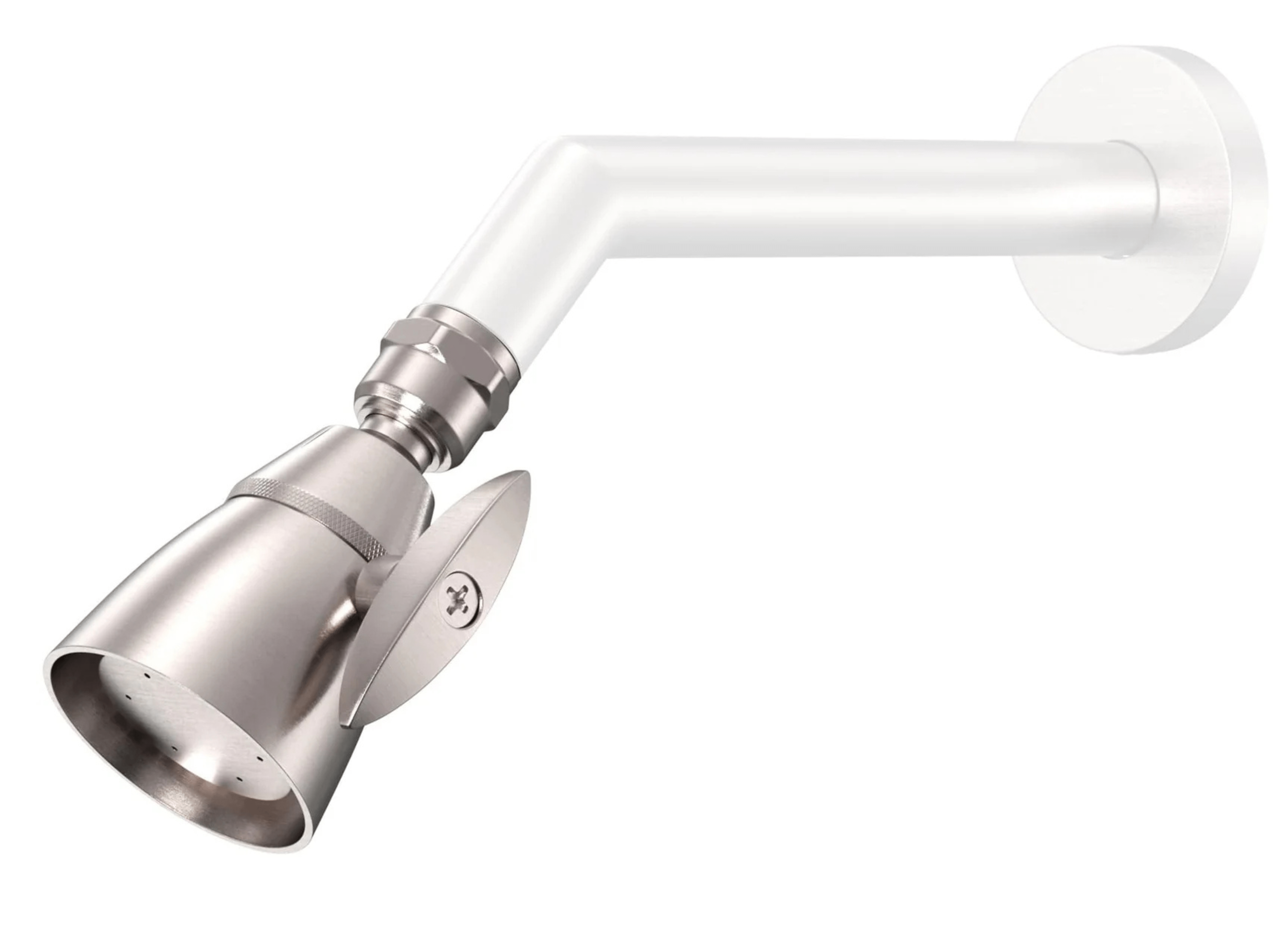After decades of regulation, you would think lead in drinking water would be a thing of the past. Unfortunately, that’s not the case. According to the Consumer Product Safety Commission (CPSC), unsafe plumbing fixtures are still making their way into American homes.
The CPSC recently issued an urgent warning about lead-contaminated faucets sold by several Chinese brands on Amazon after Moen's research alerted them of the off the charts contaminants found in independently tested faucets from these off-brands. These faucets were tested and found to be leaching lead in water at hazardous levels – particularly dangerous for children and pregnant women.
At the time of writing, all companies have refused to issue official recalls. Far from being the end of the ordeal, the CPSC announced there will be actions taken against additional companies in the coming days. These findings have us all wondering: why is Amazon continuing to allow these items to be sold?
The regulatory loophole for Amazon faucets

The first laws to limit lead in plumbing in the US were passed in 1986. Within a decade, those rules expanded to include lead leaching testing for faucets. Products that comply with those federal regulations, namely NSF/ANSI 61 and NSF/ANSI 372, are standard in big box stores.
But what about Amazon? Amazon does not require 3rd party sellers to verify certification before listing faucets for sale on their platform. If you’re thinking, “Wait, how is that even allowed?”... you’re definitely not alone.
The reason? Amazon connects buyers and sellers, making it a marketplace rather than a retailer. That technicality is the massively overlooked regulatory loophole that puts millions of people at risk from toxic products.
For an example of how this plays out in real time, let’s look at flow rate compliance. The Department of Energy has been enforcing this law for over 30 years, and yet Amazon only began enforcing it in March of 2025!
Clarifying 3rd Party Sellers on Amazon
Most shoppers assume that everything sold on Amazon goes through the same level of vetting you'd expect from a retailer like Home Depot. But that’s not the case.
Amazon is a marketplace, which means the majority of products are sold by third-party sellers — independent companies that list and ship products using Amazon’s platform. Many of these sellers are based overseas, with over 50% of third-party sellers on Amazon now coming from China. These sellers often use services like FBA (Fulfilled by Amazon) to appear more legitimate, even though Amazon doesn’t manufacture, inspect, or certify the products themselves.

Here’s the catch: Amazon doesn’t require these sellers to provide proof of certifications like NSF/ANSI 61, 372, or cUPC before listing faucets or plumbing fixtures for sale. That’s how low-cost, uncertified, and potentially unsafe products continue to show up — no pre-screening, no verification, and little accountability.
By contrast, items listed as “Ships from and sold by Amazon.com” are usually held to stricter sourcing standards, since Amazon acts as the retailer. Even that’s not a guarantee — but when you’re buying from a third-party seller you’ve never heard of, especially one with no visible certifications or material disclosure, the risk of getting a non-compliant product goes way up.

Tips for Safer Shopping on Amazon
- Check the Seller Information: Prefer products marked as "Ships from and sold by Amazon.com."
- Research the Seller: Click on the seller's name to view their profile, ratings, and location.
-
Look for Certifications: Ensure that products, especially those related to health and safety, have the necessary certifications like NSF/ANSI 61, NSF/ANSI 372, and/or cUPC.
-
Be Cautious with Unfamiliar Brands: Exercise extra caution when considering products from brands that lack a clear online presence or customer reviews.
Why plumbing certifications matter
Plain and simple, plumbing certifications uphold standards and protect consumers. From ensuring high water quality to guaranteeing mechanical performance and reliability, the best rated faucet brands are not going to cut corners and overlook these certifications.

There are two important plumbing certifications related to lead:
-
NSF/ANSI 61 – Limits the harmful leaching of lead and other contaminants into drinking water. This is a thorough test conducted over the course of several weeks. All “wetted surfaces” (aka surfaces that will come into contact with water) are tested at intervals for a variety of contaminants after being exposed to standardized test water that simulates worst case scenarios for water delivery
-
NSF/ANSI 372 – Limits the lead content of the materials used to make faucets and fittings. All wetted surfaces must contain no more than 0.25% lead by weighted average. If a faucet or fitting claims to be "lead-free”, NSF/ANSI 372 is the proof behind that claim.
These standards are not optional – they are a legal requirement established by the Reduction of Lead in Drinking Water Act, which took full effect in 2014. Our blog, Do Your Shower Fixtures Have Lead in Them?, dives deep into the history plus current uses (and misuses) of lead in American plumbing.

Another key certification to know is cUPC. It covers the mechanical safety and performance standards of plumbing fixtures, verifying that the product has been tested for durability, pressure tolerance, and installation safety. This is especially important for shower valves, but applies to other fixtures as well.
We cover all of these certifications, plus others like WaterSense and CEC registration, in our blog: Certifications for Bathroom Plumbing Fixtures Explained.
Who’s to blame for lead in water?
The bottom line is that the system isn’t working. The CPSC is tasked with keeping unsafe products off the market, but when it comes to overseas sellers (especially from China), their hands are tied.
Many of these sellers vanish or rebrand the moment they’re flagged, making it nearly impossible to enforce long-term accountability. That leaves non-compliant and potentially toxic fixtures just a few clicks away.
Amazon could step in, and doesn’t. As the gatekeeper of the world’s largest online marketplace, Amazon has the ability to require that all faucet brands meet these certification standard before listing them for sale on their platform and could suspend existing products that don’t meet these certification standards. But, that's just not happening.
That lack of oversight is exactly why these products continue to reach consumers. If the platforms and brands won’t take responsibility with stronger enforcement and real consequences, it’s ultimately the consumer who pays the price.
How to find the best faucet – and protect yourself from lead in drinking water!

The good news? You don’t have to be a plumbing expert to protect yourself from uncertified or low-quality fixtures. A few smart shopping habits can go a long way.
First, stick with trusted retailers and the official websites of well-known brands. These companies have more rigorous sourcing standards and are far less likely to carry uncertified or questionable products.
If you’re buying online – especially from a marketplace like Amazon – take a minute to verify the product’s certifications. You can look up any certified plumbing fixture using the IAPMO Product Listing Directory. This free tool lets you confirm that the product meets essential safety and performance standards like NSF/ANSI 61, NSF/ANSI 372, or cUPC.
And here’s a quick rule of thumb: if a faucet has no listed brand, no visible certifications, and an unrealistically low price ($20–$30 for a kitchen faucet), it’s probably too good to be true.
Quality fixtures cost more for a reason. They’re tested, certified, and built to last. Spending a little more upfront is worth it for long-term safety and peace of mind.
Holding Amazon accountable for lead in faucets
Instead of chasing down unreliable overseas sellers, the CPSC needs to put pressure where it counts: on Amazon. As the platform that gives these products visibility and reach, Amazon should be held responsible for what ends up in people’s homes.
To start, Amazon should require proof of NSF/ANSI 61 and 372 certifications for every faucet listed on its site. Sellers who list non-compliant or mislabeled products should face real penalties, not just warnings. And products that don’t meet U.S. standards should be clearly flagged with a warning label so consumers know exactly what they’re buying.
This isn’t just about unethical companies breaking the rules – it’s about a platform with the power to do better, choosing not to. If Amazon continues to ignore this issue, consumers and reputable brands need to speak up. Public pressure, or simply refusing to buy from sellers who are not transparent about certifications, can help close the loophole for good.
Lead-free shower accessories
When it comes to keeping lead out of your water, your shower accessories play a major role. Handheld shower heads, holders, diverters, and hose fittings all come into contact with water that ends up on your skin and even in your mouth.
It’s worth noting that shower fixtures aren’t classified as drinking water fixtures, so they’re not legally required to meet NSF/ANSI 61 or 372. That said, some products are still made with materials like stainless steel and lead-free brass to offer added peace of mind.
Stainless steel and lead-free brass
While most Amazon listings never tell you what their “metal-looking” products are actually made of, we make it clear. Select HammerHead Showers models, like our 3-Spray Handheld Shower Head and High Pressure Fixed Shower Head, are built with 304 stainless steel and lead-free brass — so you know exactly what you’re getting.
3-Spray Handheld Shower Head

High Pressure Fixed Shower Head

These two products are all metal construction made from 304 stainless steel and lead-free brass – resulting in a product that is safe AND won't need replacing in a year or two (or ten!).
Can a shower head water filter remove lead?
Millions of lead pipes are still used in plumbing infrastructure all over the country, meaning any disruptions to your water service (surges, breakages, etc) can result in toxic levels of lead in your drinking and shower water.
Many people use a filtration method for their drinking water, but the shower often gets overlooked. If you're not filtering your shower water, you should be! Our KDF filter is packed with 400 grams of KDF and Calcium Sulfite: the most effective filtration media on the market.

Lots of filters out there make big claims, but don't have the science to back them up (those 12-stage filters? Total gimmick!). Our shower filter maximizes contact time with the water to remove a whole list of contaminants: including chlorine, lead, and mercury.
Better water quality not only protects your health, but also improves the look and feel of your skin and hair! And with 5 commercial-grade, corrosion-resistant finishes to choose from, you won't have to sacrifice style for safety.
The HammerHead Difference
At HammerHead Showers, we're dedicated to making all metal shower heads and plumbing fixtures that are built to last — using high-quality materials and backed by our limited lifetime warranty.
From day one, our goal has been to raise the bar for quality, durability, and trust. We’ve built our reputation on delivering better-built alternatives to the disposable, low-cost fixtures flooding the market.
When you buy from HammerHead Showers, you’re investing in long-term performance, straightforward support, and products made with integrity.
Explore our full line of shower heads and accessories, made to perform, made to last.

